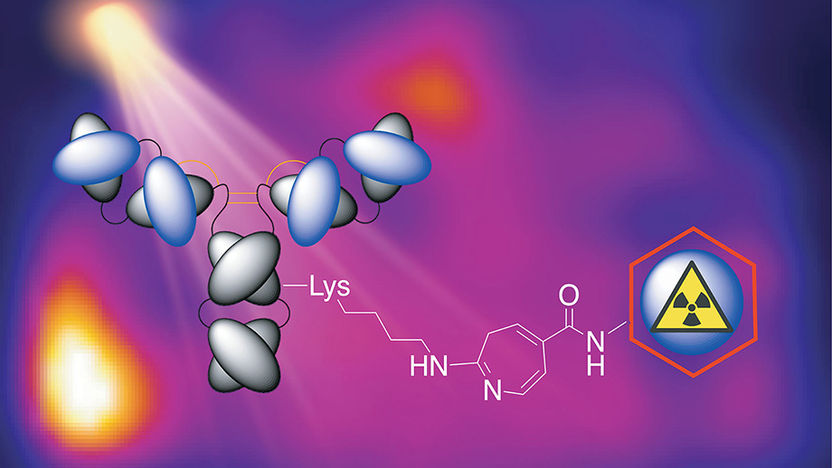New NIST SRM supports the fight against terrorist bombings
The National Institute of standards and Technology (NIST) has released a new standard reference material (SRM) to aid in the detection of two explosive compounds that are known to be used by terrorists. Researchers designed the new test samples to simulate the size and behavior of residues that remain after handling the explosives PETN (pentaerythritol tetranitrate) and TATP (triacetone triperoxide). Instrument developers, academic researchers and government labs can use the SRM to test, refine and validate their new detector designs.
The new test samples are available from NIST as Standard Reference Material (SRM) 2907, "Trace Terrorist Explosives Simulants."
Fabricating and handling explosives leaves trace residues of the explosives on skin, clothes or other possessions. These residues are invisible to the naked eye and difficult to remove but may be detected by sensitive explosives detectors. Airport security personnel collect residues with handheld swipe wands. The swipes are then heated to vaporize the explosives, and the vapors analyzed in a tabletop detector. Current detectors typically use a technique called ion mobility mass spectrometry that can recognize specific ionized chemicals based on their chemical properties.
Both PETN and TATP are relatively difficult to detect in the field. The compounds were used in failed terrorist attacks by the "shoe bomber" in 2002 and the "underwear bomber" in 2009.
The new NIST reference material contains meticulously measured concentrations of these two explosives that can be used to test and validate the ability of machines and methods to detect the explosives' presence. The SRM is not itself explosive; it is formulated from inert particles coated with a trace amount of the two explosives.
NIST researchers certified the PETN and TATP content of the simulants using liquid chromatography with both ultraviolet absorbance and mass spectrometric detection. Analytical challenges included development of a new ionization-enhancing additive (for PETN) and a custom synthesized stable-isotope internal standard for the liquid chromatography mass spectrometer measurements of TATP. Details of the development of the materials and the analytical methods used were described in a 2011 paper in Analytical Chemistry.
Original publication
Most read news

Get the analytics and lab tech industry in your inbox
By submitting this form you agree that LUMITOS AG will send you the newsletter(s) selected above by email. Your data will not be passed on to third parties. Your data will be stored and processed in accordance with our data protection regulations. LUMITOS may contact you by email for the purpose of advertising or market and opinion surveys. You can revoke your consent at any time without giving reasons to LUMITOS AG, Ernst-Augustin-Str. 2, 12489 Berlin, Germany or by e-mail at revoke@lumitos.com with effect for the future. In addition, each email contains a link to unsubscribe from the corresponding newsletter.























































